Specialist Habitat Restoration Services
At Enviroculture, we deliver practical habitat works that restore, create, and manage landscapes for wildlife, water quality, carbon storage and public benefit. Whether you’re working on degraded peatland, under-managed woodland, or fragmented wetland, our team brings hands on experience and a deep understanding of sustainable land management.
We support conservation organisations, local authorities, councils, private estates, and environmental consultants across Wales and beyond delivering high impact habitat projects, from one-off restorations to long-term stewardship.
Restore, rewild or manage the right way
If you’re planning habitat works or managing land that deserves more for nature Enviroculture is here to help.
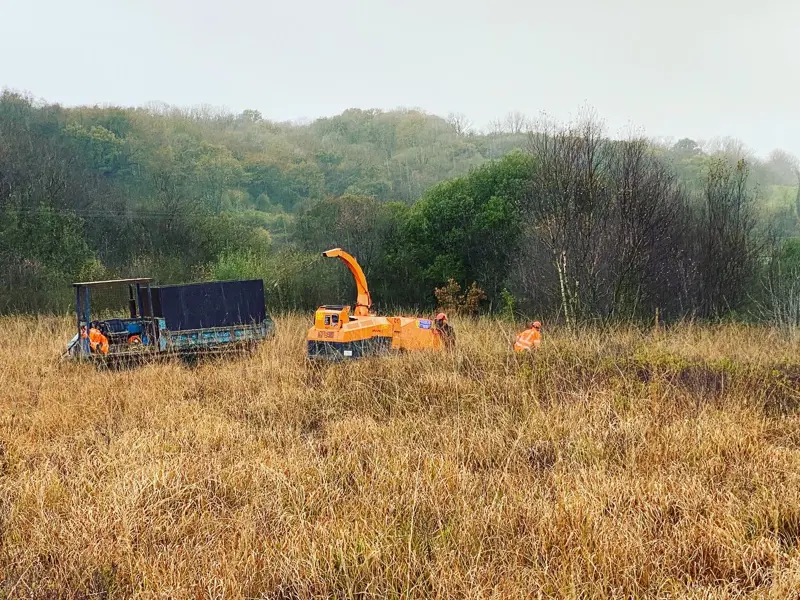
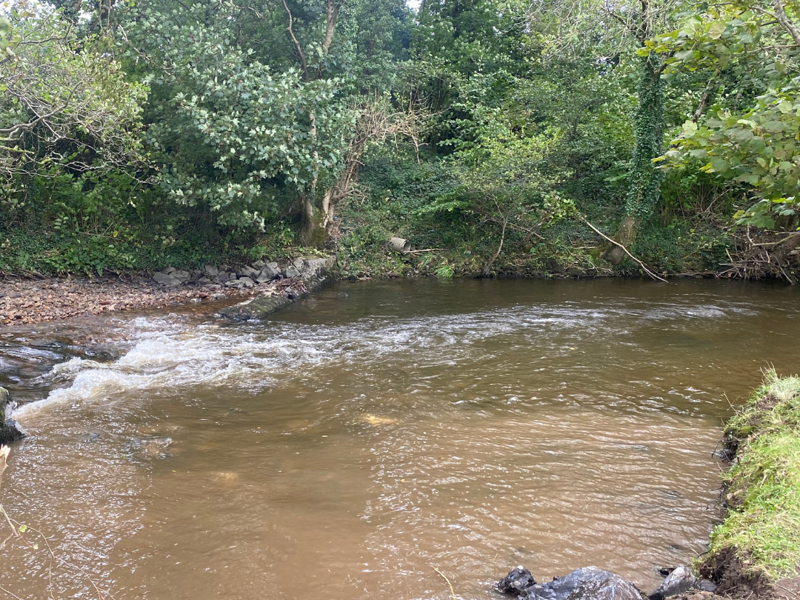
Wetland & River Habitat Works
We restore wetland and riparian habitats to support species, improve water quality, and reduce downstream flood risk. Services include:
-
Creation of ponds, scrapes and seasonal wetlands
-
Reedbed establishment and marginal planting
-
Riverbank re-profiling and stabilisation
-
Willow spiling, coir rolls and brushwood bundles
-
In-channel habitat features: deflectors, berms, backwaters
-
Wet meadow and floodplain enhancement
-
Buffer zone planting and fencing
-
Removal of in-river structures such as disused weirs, culverts and crossings to reinstate flow and fish passage
We work carefully in sensitive and waterlogged sites, using low-impact techniques and ecological best practice.
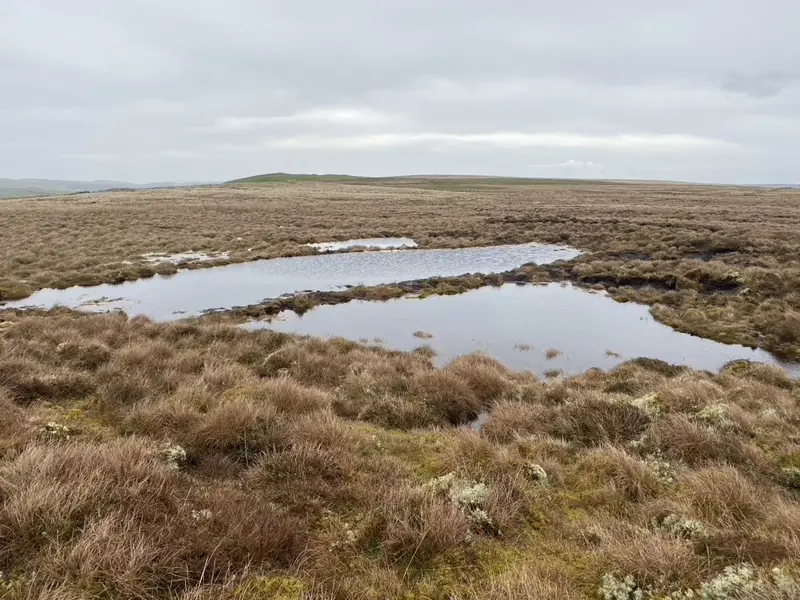
Peatland Restoration
Peatlands are among the UK’s most valuable habitats for carbon storage, biodiversity and natural flood management. We carry out restoration in line with best practice and site-specific plans, including:
-
Grip and gully blocking using peat, timber or coir
-
Bunding and re-wetting to re-establish hydrology
-
Sphagnum plug planting and re-vegetation
-
Reprofiling and sediment control
-
Exclusion fencing for livestock or deer
-
Low ground pressure access and path restoration
These projects support climate goals, water retention, and the return of specialist moorland species.
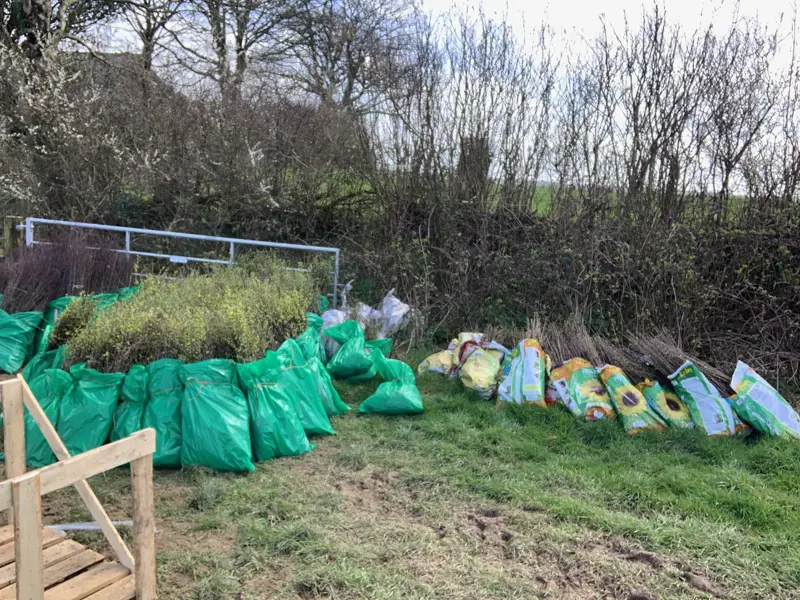
Woodland & Scrub Management
We restore and manage woodland and scrub habitats to support native species, create structure, and encourage natural regeneration:
-
Woodland creation and native tree planting
-
Coppicing, thinning and ride management
-
Woodland glades and open spaces
-
Invasive species removal (e.g. Rhododendron, sycamore, laurel)
-
Deadwood habitat and veteran tree features
-
Scrub control and edge habitat enhancement
-
Hedgerow laying, gapping and restoration
-
Tree and hedge protection fencing

Moorland, Grassland & Heathland Restoration
We help landowners and public bodies restore open habitats that support pollinators, ground-nesting birds, and rare plants:
-
Heathland reversion and reseeding
-
Bracken control (mechanical and targeted treatment)
-
Conservation mowing and cut-and-collect regimes
-
Scrub clearance and sensitive grazing setups
-
Meadow creation using green hay and local seed
-
Access improvements in upland environments
-
Infrastructure for land management and interpretation
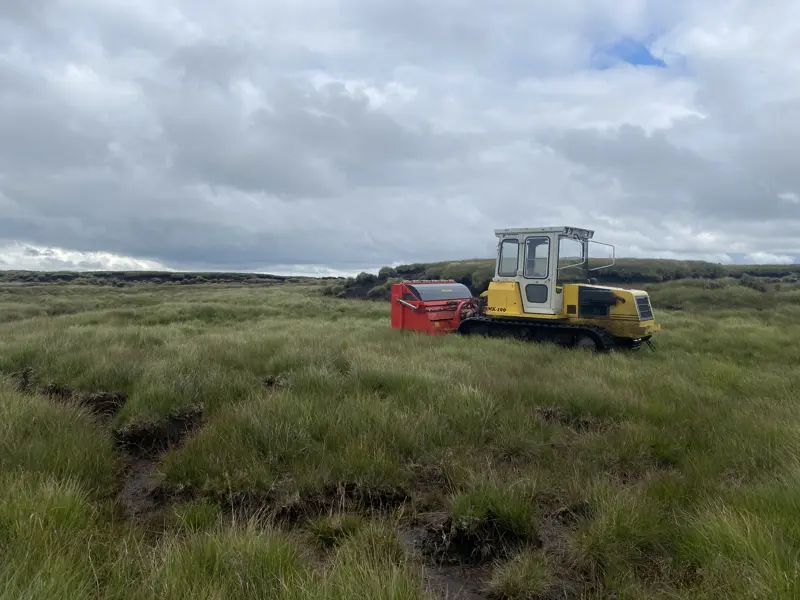
Ongoing Habitat Management & Stewardship
Beyond initial delivery, we provide long-term support to help habitats establish and flourish:
-
Vegetation clearance and seasonal management
-
Access path maintenance and erosion control
-
Maintenance of scrapes, ponds, bunds and SuDS
-
Invasive species treatment
-
Fencing repairs and boundary management
-
Advice on countryside stewardship and local grant schemes
We also support public engagement through volunteer involvement, education sessions, and interpretation.

Habitat Creation for Biodiversity Net Gain
We help developers, planners and councils deliver Biodiversity Net Gain through practical habitat creation:
-
Wildflower meadows and verges
-
SuDS and wetland planting
-
Native hedgerows and habitat corridors
-
Woodland and scrub planting schemes
-
Invertebrate, bird, bat and amphibian features
-
Monitoring and management plans for long-term success
All works are aligned with ecological reports and planning requirements.
Case Studies





